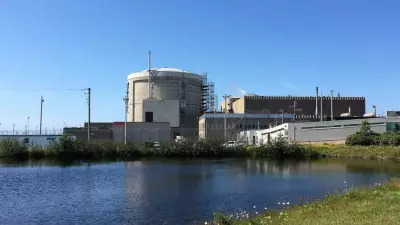
As the Toronto Blue Jays chase their first World Series championship since 1993, the city they call home has undergone a housing transformation so dramatic it might as well be a different planet. The affordable Toronto that celebrated Joe Carter's legendary walk-off home run has evolved into one of North America's most challenging housing markets.
The Price Tag of Progress
When the Blue Jays last won the World Series, the average Toronto home cost approximately $198,000—a figure that seems almost mythical to today's prospective buyers. Fast forward three decades, and that same property would command nearly $1.2 million, representing a staggering 500% increase that has fundamentally altered homeownership dreams across the Greater Toronto Area.
From Ballpark Bargains to Million-Dollar Dreams
The financial landscape for aspiring homeowners has shifted dramatically. In 1993, the average household needed to dedicate about 36% of their income to carry a mortgage on an average-priced home. Today, that burden has skyrocketed to approximately 80% of pre-tax income, pushing conventional homeownership out of reach for many young families and first-time buyers.
The Condo Revolution Reshapes Toronto's Skyline
While single-family homes have become increasingly exclusive, Toronto's skyline tells a different story of adaptation. The condo boom has created new pathways to homeownership, though at significantly higher prices per square foot than what buyers faced thirty years ago. This vertical growth has transformed neighborhoods and commuting patterns throughout the city.
Economic Home Runs and Housing Strikes
Toronto's economic expansion since the early 1990s has been impressive, with population growth exceeding two million additional residents. However, this success has created a housing supply crisis where demand consistently outpaces new construction, creating competitive bidding wars and driving prices to unprecedented heights.
Beyond the Ballpark: A City Transformed
The housing evolution reflects broader changes in Toronto's identity—from a moderately priced Canadian city to a competitive global metropolis. As the Blue Jays aim for another championship, the conversation among fans in the stands has expanded from baseball strategy to housing strategies, mortgage rates, and the challenging reality of putting down roots in today's Toronto.
The contrast between then and now serves as a powerful reminder of how dramatically urban landscapes can change within a generation. While the Blue Jays seek to recapture past glory, Toronto residents face the reality that the housing market of 1993 is, for most, permanently in the history books.





